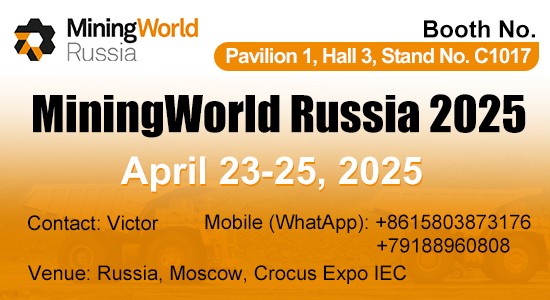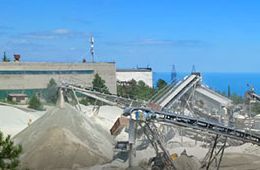Choosing a suitable calcium carbonate grinding mill involves considering various factors to ensure efficient and effective grinding of the material. Here are the steps you can follow to make an informed decision:
Understand Your Requirements:Determine the specific requirements for your grinding process. Consider factors such as the particle size of the final product, production capacity, energy consumption, and any special characteristics of the calcium carbonate material you are working with.
Grinding Mill Types:There are different types of grinding mills available, each with its own advantages and suitability for various applications. Some common types include ball mills, vertical roller mills, Raymond mills, ultrafine grinding mills, and more. Research and understand the characteristics of each type to see which one aligns with your requirements.
Particle Size Range:Consider the particle size distribution you need for your end product. Different mills are capable of producing different particle sizes. Some applications might require fine particle sizes, while others might need coarser particles.
Energy Efficiency:Evaluate the energy efficiency of the grinding mill. Energy consumption can significantly impact operational costs. Choose a mill that balances performance with energy consumption to achieve cost-effective grinding.
Material Hardness and Abrasiveness:Consider the hardness and abrasiveness of the calcium carbonate material. Some materials can be highly abrasive and wear down the grinding equipment quickly. Choose a mill that can handle the specific properties of the material without excessive wear and tear.
Maintenance and Operating Costs:Assess the maintenance requirements and operating costs associated with the grinding mill. Some mills might require more frequent maintenance, which could impact downtime and overall productivity.
Scale of Production:Determine the scale of production you require. Some mills are better suited for small-scale production, while others are designed for larger industrial operations.
Trial Runs and Testing:If possible, conduct trial runs or testing with different mills before making a final decision. This can help you assess the actual performance of the mill with your specific material and requirements.
Quality and Reputation of Manufacturer:Choose a reputable and experienced manufacturer known for producing high-quality grinding equipment. Research customer reviews, industry reputation, and the manufacturer's track record in providing reliable solutions.
Support and Services:Consider the availability of technical support, spare parts, and after-sales services provided by the manufacturer. A reliable support system can ensure smooth operation and timely resolution of any issues that may arise.
Cost Considerations:While cost is an important factor, it should not be the sole determining factor. Balance the initial investment with the long-term benefits and operational efficiency the chosen mill can provide.
Safety and Environmental Considerations:Ensure that the chosen grinding mill meets safety standards and environmental regulations. This includes factors such as dust control, noise levels, and emissions.
By carefully considering these factors and conducting thorough research, you can choose a suitable calcium carbonate grinding mill that aligns with your production needs and provides efficient, cost-effective, and reliable grinding performance.










